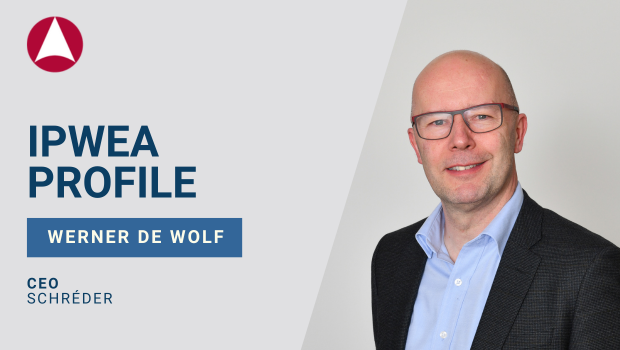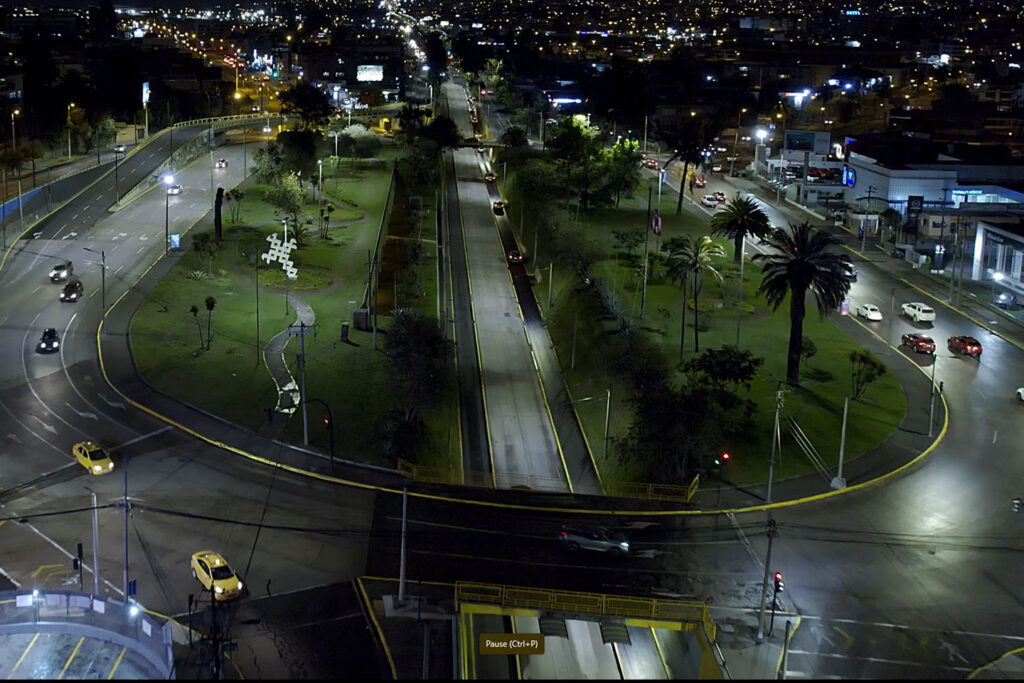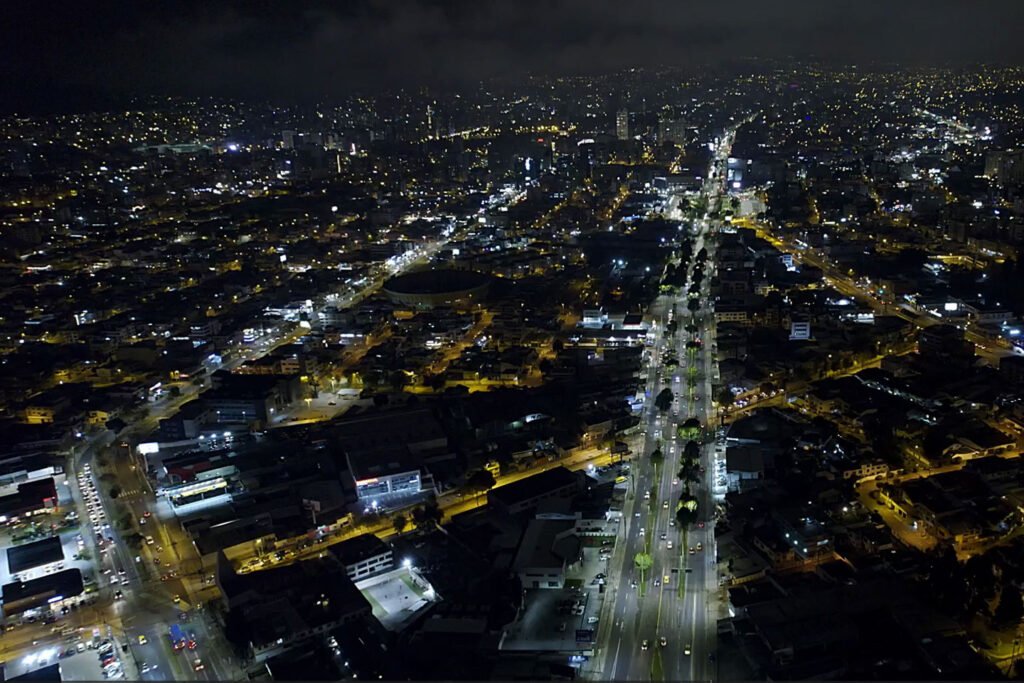In its 117-year history, Belgian company Schréder has evolved from producing the first electrical panels to becoming a leading independent provider of connected lighting, powering the next generation of smart city applications.
Schréder, which acquired Australian businesses Sylvania and Austube in 2020, is involved in a variety of innovative projects around the world from a lighting project in Germany that not only reduces energy consumption but also preserves insect life, to the installation of over 460,000 connected-ready street lights in the Ecuadorian capital of Quito.
Werner De Wolf, Schréder’s Chief Executive Officer, says that more and more customers are opting to install smart lighting when they initiate new projects, such as converting to LED lighting, and the trend is only “ramping up.”
“If you deploy a new LED conversion and you don’t take the opportunity to include smart capabilities in at least a part of the installation base then I think it’s a lost opportunity,” says De Wolf.
“If you have to go back later and add the smart capability after the initial build, there is just going to be a truckload of costs, so it really is more economical to include the smart features from the very start.”
The Schréder of 2024 is unrecognisable from the company which began producing electronic panels for the Belgian market in 1907.
Today, while still family-owned, Schréder operates globally and is transforming from its historical and core business of lighting into a provider of connected sensors – which also happen to be in the street lights – and into data.
Key to this is the 5% of Schréder’s turnover that goes into research and development, centred in a facility in the Portuguese capital of Lisbon that employs around 90 people, with skills such as software development and data analysis.
“The luminaires are great devices which can have so many applications,” says De Wolf, who joined Schréder after earlier roles in the telecoms industry.
“They can count vehicles or pedestrians or bicycles and this data can be used for traffic management or crowd and parking management. There are waste management applications and also environmental monitoring of conditions such as air quality and temperature.
“Then it can also be used by Digital Twins to model potential changes in the urban environment, by Google Maps or even in ways that require more precise information such as vehicle speed or density.”
These changes, De Wolf says, are posing some challenges for local government organisations as data and connectivity are “not exactly their bread and butter.”
While larger cities are engaging in the new frontiers of data, there is also a need for a “middleman in that space,” and Schréder is often asked by customers to help manage the data coming from their sensors, a process that increasingly requires advanced computing techniques such as machine learning.
“It’s about how you convert the data into information and how to use it and who can use it,” says De Wolf.
“The data also becomes an asset for the city, and they can not only use it for their own purposes, but they can also sell it or make it available for free if they choose to.”
De Wolf sees a certain maturity in the market as organisations understand the potential of the technology.
Where recently the thinking was “all over the place”, it is now being consolidated in key verticals where people see value.
A lot of city traffic, for example, is caused by cars driving around looking for parking spaces.
Luminaires can help identify vacant parking spaces and can be connected to applications that direct people to them, delivering a solution to urban congestion while reducing pollution and saving energy.
There are also safety applications. If the sensors detect that a public area is becoming too crowded – and potentially unsafe – then a lighting signal, such as a flashing light or a particular colour, can be activated to warn people so they can move on before the situation becomes dangerous.
Lighting can also respond automatically to parameters set around traffic density and also weather conditions, or can respond to emergency situations and warn drivers if there are “ghost riders” – people driving on the wrong side of the road.
“In terms of raw numbers, two or three years ago maybe 5% of our street lights were smart luminaires, but last year it was about 25% and it will probably be 40% next year,” says De Wolf.
“So things are moving fast, but in many ways we are in the early adoption phase, with many projects still in trial stages.
“But I’m seeing a lot of creativity in thinking about this and what’s possible, so it’s a very exciting space to be working in.”
Werner De Wolf will be a speaker at the IPWEA International Public Works Conference to be held from April 30 to May 3 at the Melbourne Convention and Exhibition Centre. The conference theme is ‘Adaptation. Thriving in a New World’. Find out more here.
















